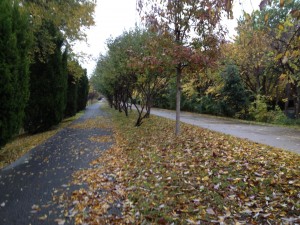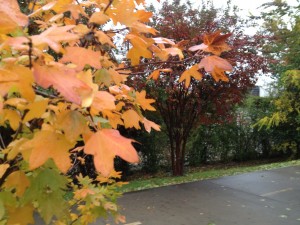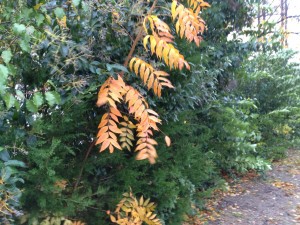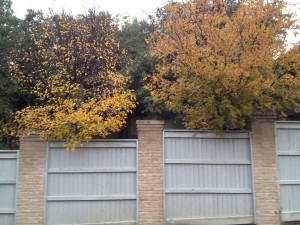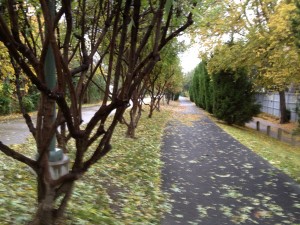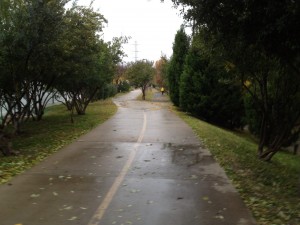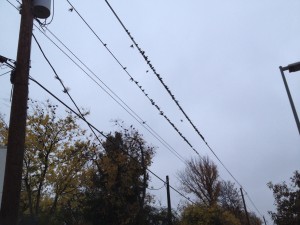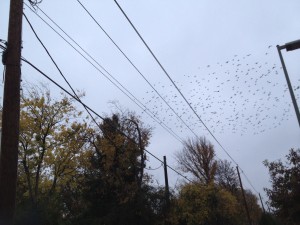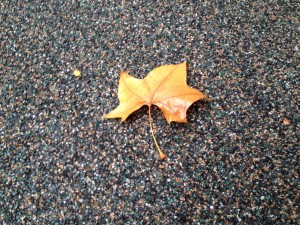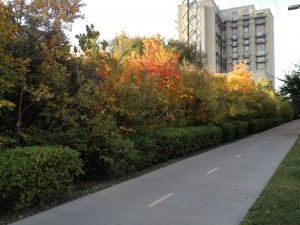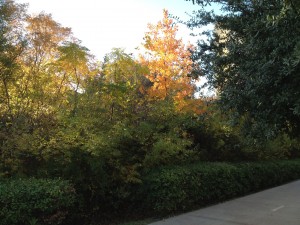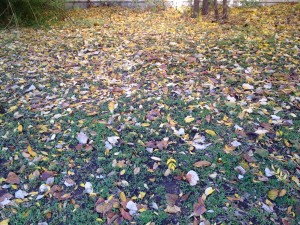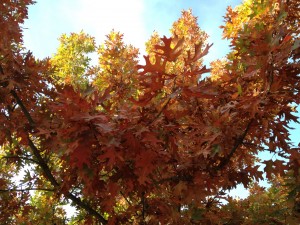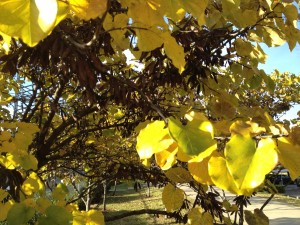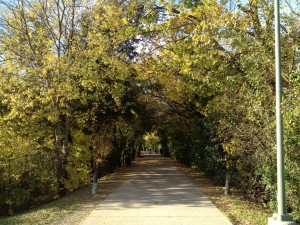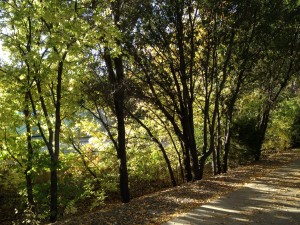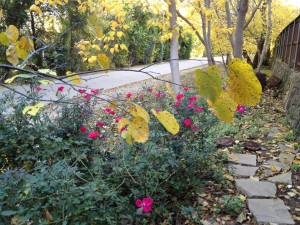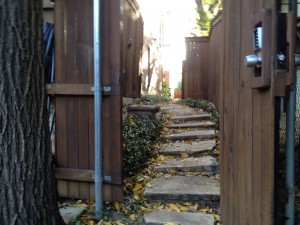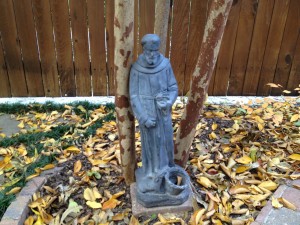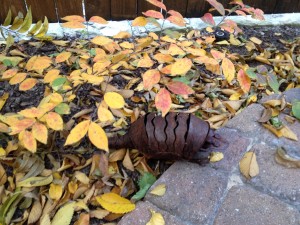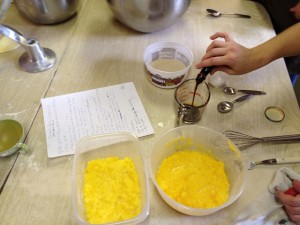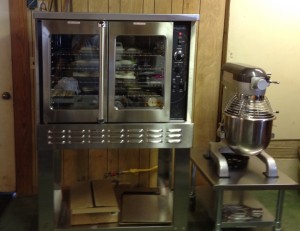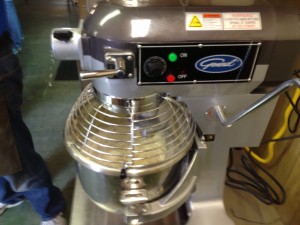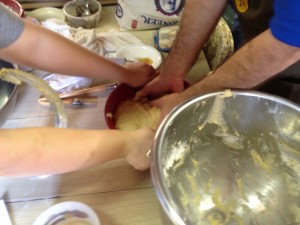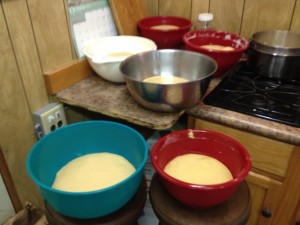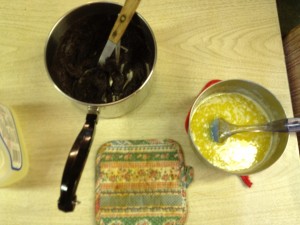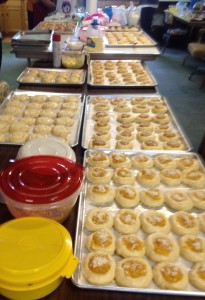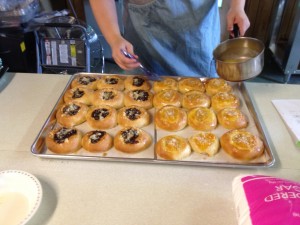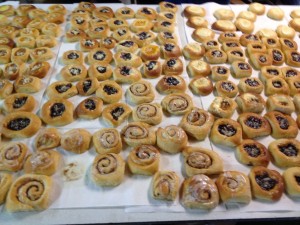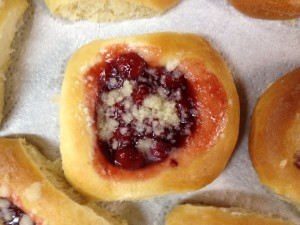In 1621, the Pilgrims hosted a grand party lasting three days to celebrate their first harvest in the Americas. Written accounts from the attending colonists document the merriment of that First Pilgrim Thanksgiving in Plymouth, Massachusetts.
Squanto, a well-traveled Native American living with the Wampanoag Tribe, was likely one of the hungry guests, as were other local dignitaries, 90 Native Americans and 53 Pilgrims (some babies were born since the landing). Squanto and the Wampanoag had taught the Pilgrims to catch the eels and grow the corn for the baked eel delicacies and the tasty corn dishes lining the tables that day.
It was a feast. Somewhat different in menu than would be encountered today. Nonetheless a feast and festivity for all in attendance.
Thanksgiving days and harvest festivals continued as the American Colonies grew and changed.
In 1789, General George Washington, the first President of the new United States, declared a nation-wide Thanksgiving celebration to be held November 26. Subsequent Presidents and governors of the participating states continued the practice, designating various fall days to acknowledge with grateful hearts and bowed heads the harvests and bounties of a growing land.
In 1863, after the Battle of Gettysburg, struggling in the dark days of the American Civil War, Abraham Lincoln, the 16th President of the United States, proclaimed a national Thanksgiving Day. President Lincoln wanted to bring a divided country together to recall the common blessings that continue and sustain even in the midst of great loss. His was a new vision of a Day of Thanksgiving to be held each year in fixed fashion on the last Thursday of November.
In 1939, in the midst of the economic turmoil of the Great Depression, Franklin Delano Roosevelt, the 32nd President of the United States, sat in the White House trying to think of ways to make things better. A little extra shopping time before Christmas might help the merchants and the country. Looking at the calendar, President Roosevelt saw that November, 1939 had five Thursdays. Why not have Thanksgiving on the next to last Thursday, the fourth Thursday, and make room for a few more shopping days? With due respect to Mr. Lincoln, President Roosevelt declared the fourth Thursday to be Thanksgiving and the start of the Holiday shopping season. The idea caught on. Congress was a little slower to convince; but on December 26, 1941, President Roosevelt signed the bill making the date of Thanksgiving, as a matter of federal law, the fourth Thursday in November.
To the joy of merchants and shoppers throughout the land, Thanksgiving has been the fourth Thursday in November ever since.
As you can see, arriving at Thursday, November 28, 2013 for this year’s Thanksgiving in the United States has taken the country, its people and our leaders thought, time and effort.
As you also know, a feast and celebration is a feast, celebration and Thanksgiving whatever the Day.
A smiling face and full tummy are always cause for thanks.
Happy Thanksgiving,
Grandpa Jim

